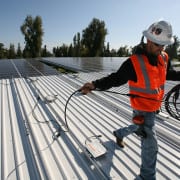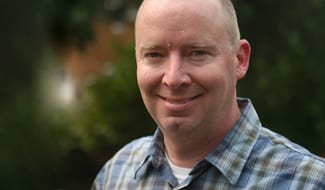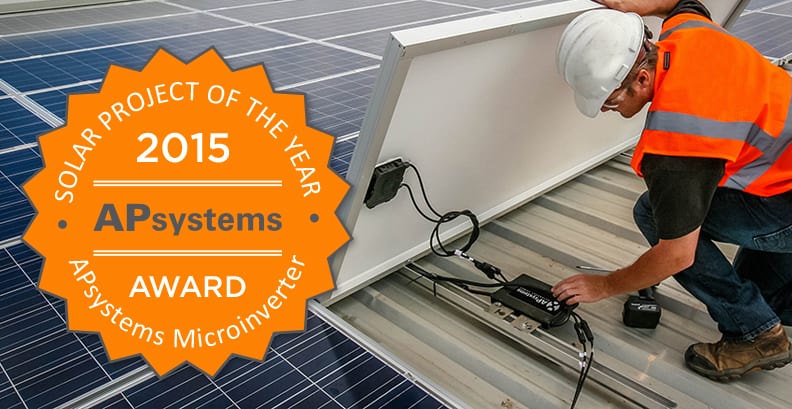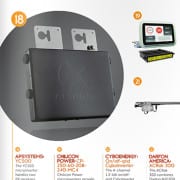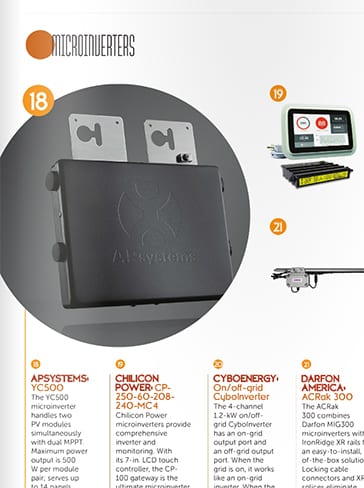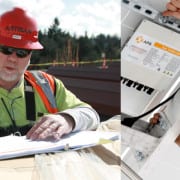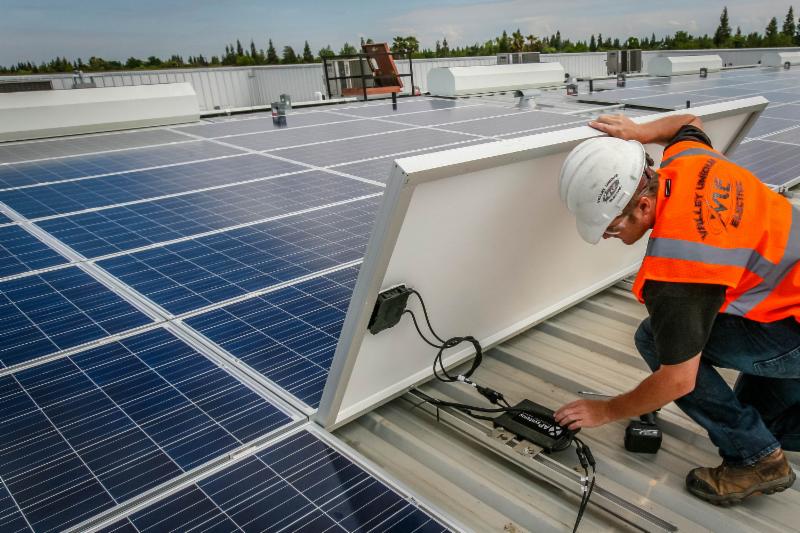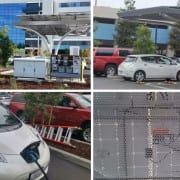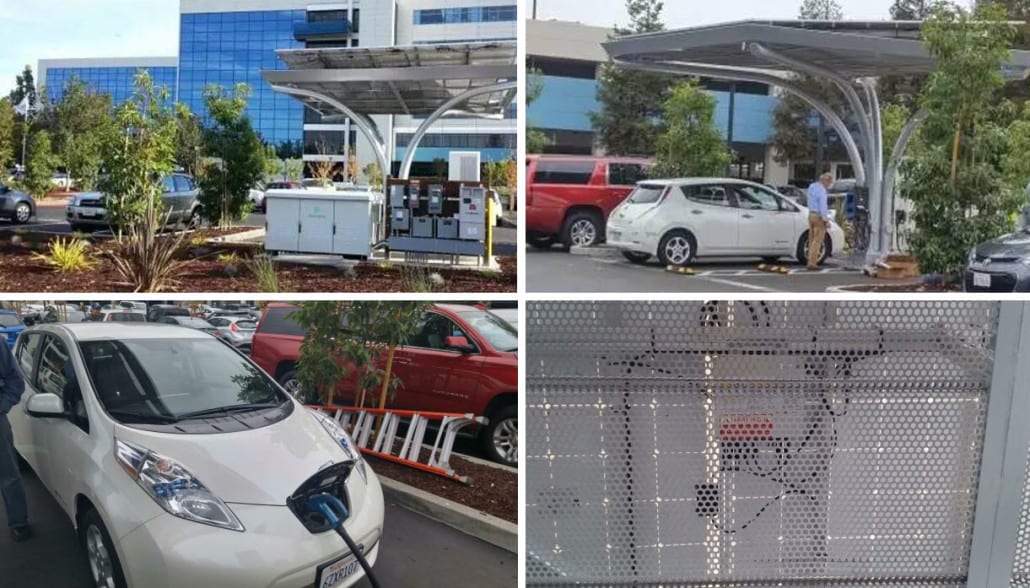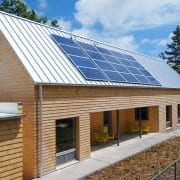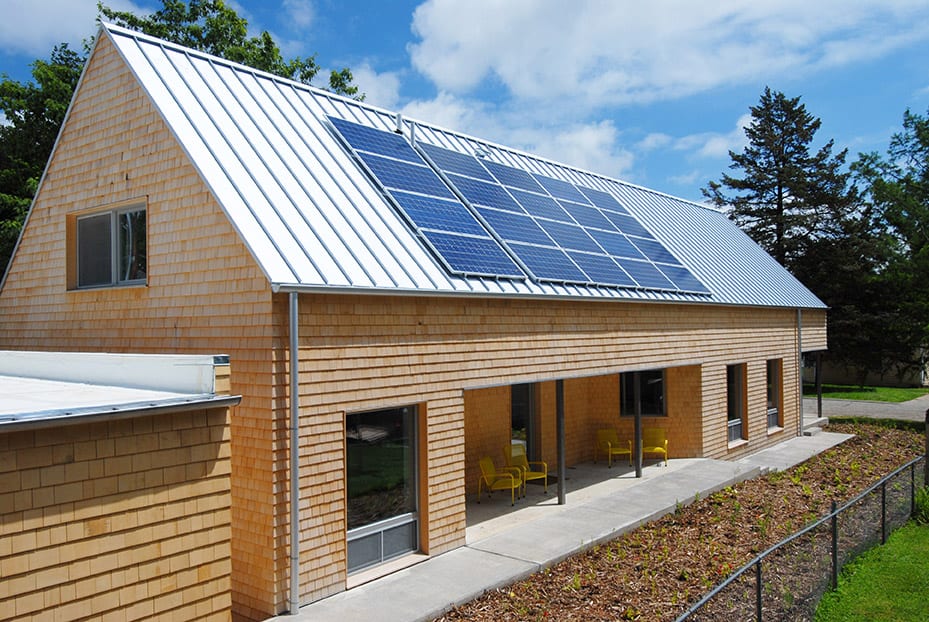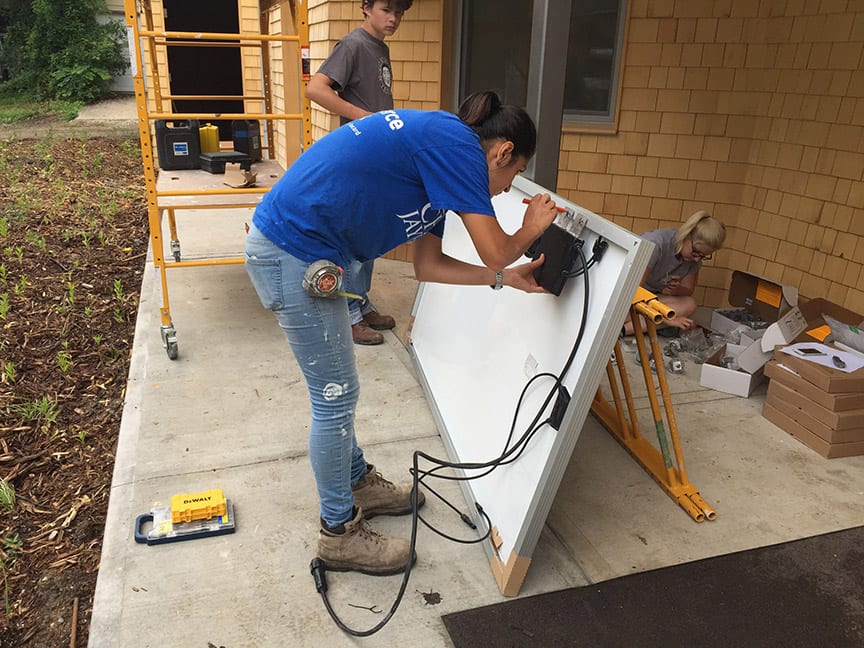Studio 804, Valley Unique Electric earn APsystems Project of the Year Awards
Studio 804 at the University of Kansas, and Valley Unique Electric/Solar Universe of Fresno, Calif., have earned APsystems 2015 Project of the Year Awards.
The awards honor outstanding solar installations that showcase APsystems microinverter technology in their design and construction. Studio 804 is recognized in the residential project category, and Valley Unique Electric for a commercial installation.
“The Studio 804 and Valley Unique Electric projects exemplify the very best use of APsystems solar microinverter technology,” said Jason Higginson, Director of Marketing at APsystems. “From smaller, residential-scale arrays to expansive commercial installations, APsystems microinverters are the choice for innovative PV applications like these. We’re very proud to honor Studio 804 and Valley Unique Electric for these excellent projects.”
Studio 804, a nonprofit organization that supports the graduate program of the University of Kansas Department of Architecture, Design and Planning, is honored for its East Lawrence Passive House in Lawrence, Kan.
Designed and built by graduate students and sited in a historic residential district, the home uses renewable building materials and leading-edge systems to optimize energy efficiency.
Students included a 6kW rooftop solar array using APsystems YC500 dual-module microinverters to help the homeowners achieve energy independence.
“Holistic home design cannot be achieved without the consideration for solar applications,” said Dan Rockhill, University of Kansas architecture professor and Studio 804 advisor. “Taking proactive steps in monitoring and maintaining one’s energy consumption is prudent in today’s society. We were fortunate enough to partner with APsystems. The application, installation, and maintenance of their microinverters was straightforward. The ease at which our students were able to integrate the microinverters into the PV system was extremely successful, and the current homeowner could not be happier with the final product.”
Learn more about this project here.
Valley Unique Electric/Solar Universe is honored for its Fort Washington Country Club installation in Fresno, Calif.
The ambitious commercial project saw construction of towering carports with almost 36,000 square feet of roof space for solar to power the country club’s operations.
Across seven rooftops, 429 APsystems YC1000 true 3-phase microinverters serve more than 1,700 modules for a system capacity of 529kW.
“Solar carports are strong in Fresno, and we dominate the local market in putting them up,” said Hogi Selling IV, Valley Unique Electric president. “APsystems microinverters have been a key component of projects like the country club, and have proven themselves in the tough, hot conditions of the valley.”
Learn more about this project here.
The APsystems Project of the Year Awards are given annually to highlight innovative use of APsystems solar microinverter products. Previous honorees have showcased the company’s microinverter technology in an agricultural setting and atop a landmark heritage building in Washington D.C.

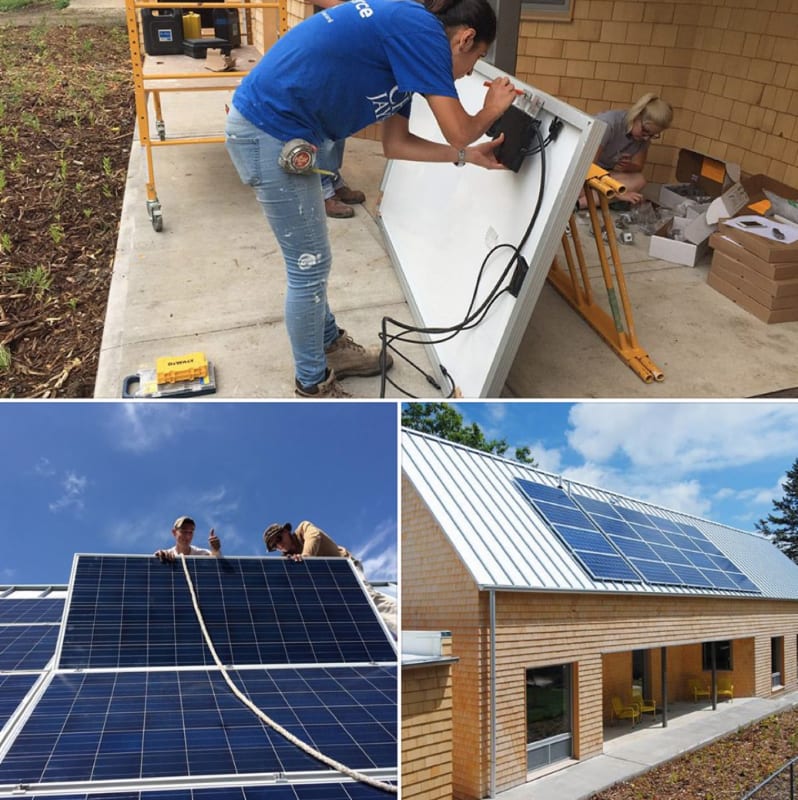
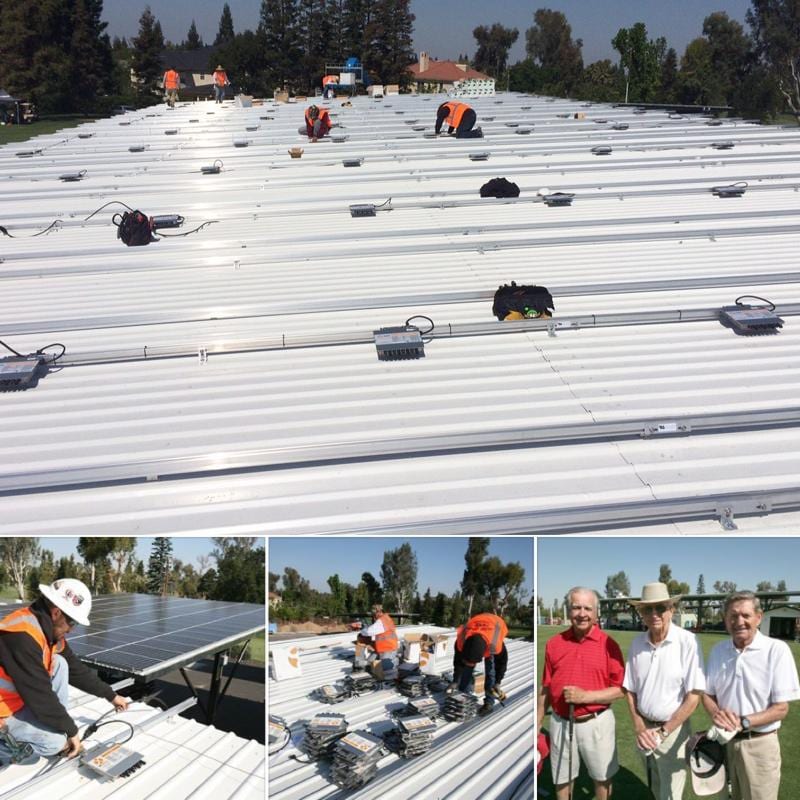
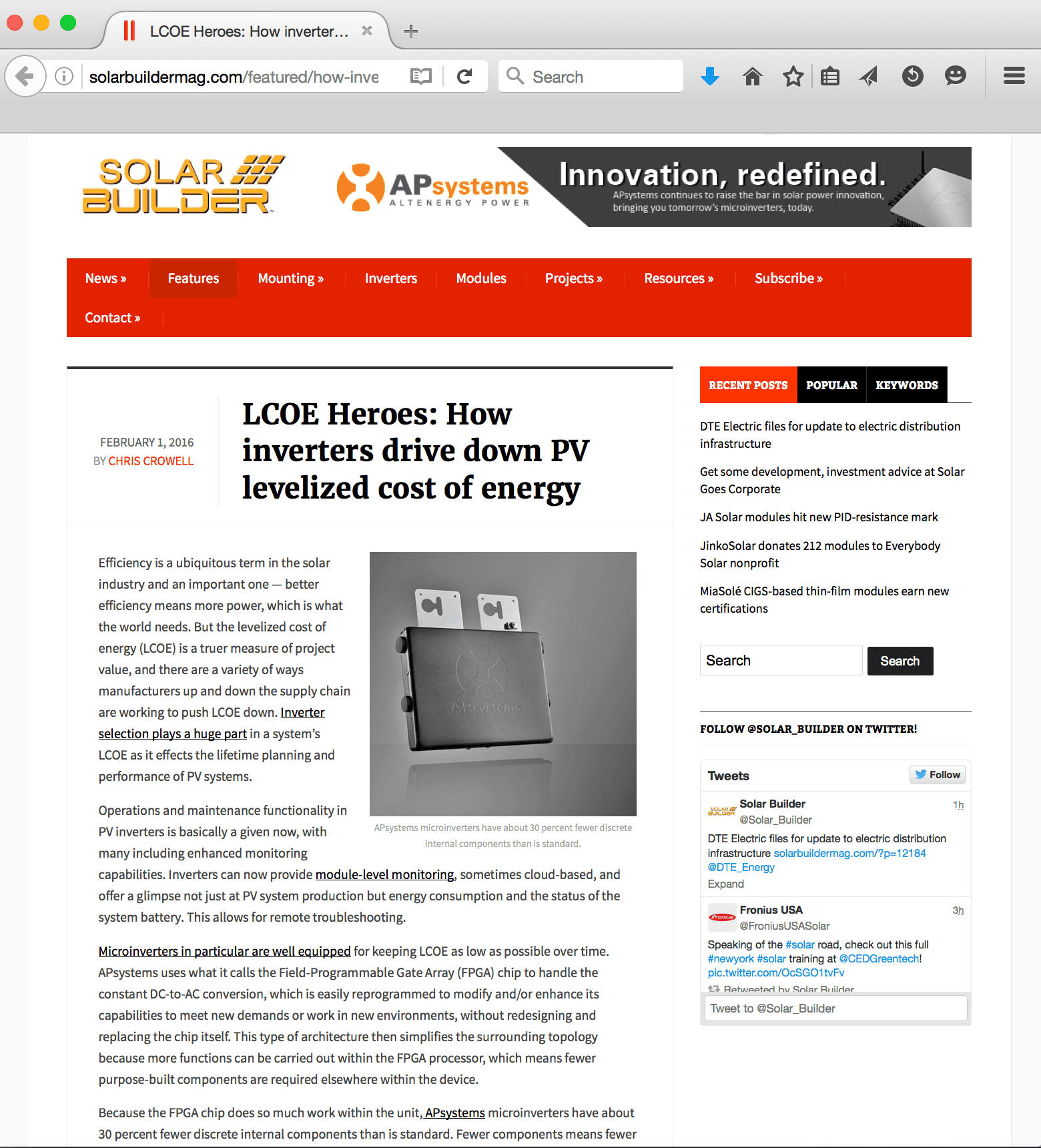
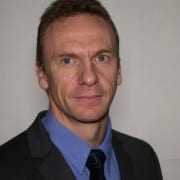
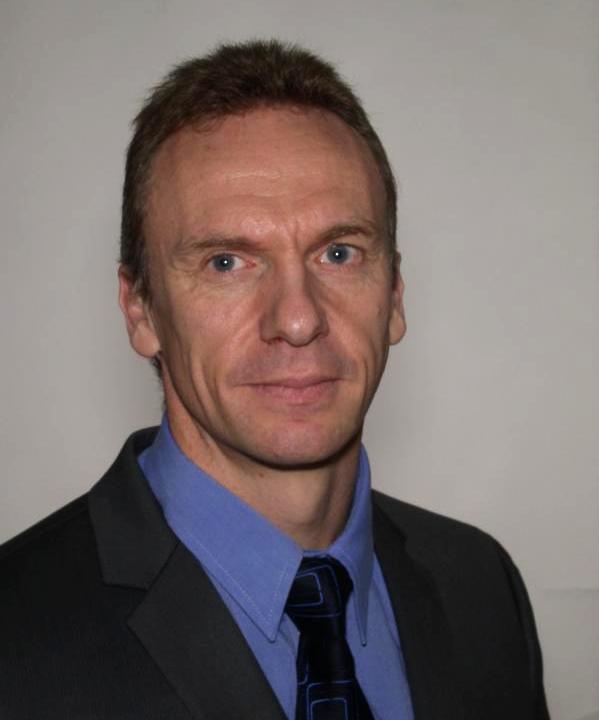 “European, Middle Eastern and African solar markets open up to APsystems with the addition of Olivier Jacques,” said Dr. Zhi-Min Ling. “His solar industry leadership in these key territories is unmatched, and enhances our position as a global leader in renewable energy technologies.”
“European, Middle Eastern and African solar markets open up to APsystems with the addition of Olivier Jacques,” said Dr. Zhi-Min Ling. “His solar industry leadership in these key territories is unmatched, and enhances our position as a global leader in renewable energy technologies.”